38 docker node list labels
Docker - LABEL Instruction - GeeksforGeeks Step 3: Check the Labels. To check the labels of a particular Image, you can use the Docker Inspect command. Start the Docker Container. sudo docker start . Execute the Inspect Command. sudo docker inspect . Inside the LABELS object, you can find all the labels associated with the image that you have specified inside ... community.docker.docker_node module - Manage Docker Swarm node - Ansible Label operations in this module apply to the docker swarm node specified by hostname. Use community.docker.docker_swarm module to add/modify/remove swarm cluster labels. The actual state of labels assigned to the node when module completes its work depends on labels_state and labels_to_remove parameters values.
docs.docker.com › commandline › node_updatedocker node update | Docker Documentation The labels you set for nodes using docker node update apply only to the node entity within the swarm. Do not confuse them with the docker daemon labels for dockerd. For more information about labels, refer to apply custom metadata. Parent command

Docker node list labels
How and when to use Docker labels / OCI container annotations Docker label / OCI image annotation metadata types ... running in a Kubernetes cluster where you likely won't have access to the container engine sockets on the cluster nodes. Unfortunately, there is no API to get access to these labels from kubectl so we have to get a little more clever. The following bash script will find the images running ... github.com › docker › build-push-actionGitHub - docker/build-push-action: GitHub Action to build and ... labels: List: List of metadata for an image: load: Bool: Load is a shorthand for --output=type=docker (default false) network: String: Set the networking mode for the RUN instructions during build: no-cache: Bool: Do not use cache when building the image (default false) no-cache-filters: List/CSV: Do not cache specified stages: outputs: List What Are Docker Labels and When Should You Use Them? - How-To Geek Docker labels let you attach arbitrary metadata to your containers, images, volumes, and other resources. ... An exception is labels assigned to Docker Swarm nodes and services which can be updated dynamically at any time. The --label flag is used to set labels. Each label is a key-value pair with the key and value separated by an equals (=) sign:
Docker node list labels. snyk.io › blog › 10-docker-image-security-best-practices10 Docker Security Best Practices | Docker Best Practices - Snyk Mar 06, 2019 · For example, when you use a generic and popularly downloaded node image such as docker pull node, you are actually introducing a full blown operating system into your application that is known to have 642 vulnerabilities in its system libraries. This ends up adding unnecessary docker security issues from the get-go rancher.com › docs › rancherHosts in Rancher By adding labels to hosts, you can use these labels when schedule services/load balancers and create a whitelist or blacklist of hosts for your services to run on. If you are planning to use an external DNS service and will require to program the DNS records using an IP other than the host IP , then you will need to include the label io.rancher ... › help › pycharmDocker | PyCharm Aug 18, 2022 · This first runs the docker save command to save the image from the current Docker daemon as a file, and then the docker load command to load the image from the file on the target Docker daemon. PyCharm stores images that you pull or build locally and lists them in the Services tool window under the Images node. docker_node - Manage Docker Swarm node — Ansible Documentation Label operations in this module apply to the docker swarm node specified by hostname. Use docker_swarm module to add/modify/remove swarm cluster labels. The actual state of labels assigned to the node when module completes its work depends on labels_state and labels_to_remove parameters values. See description below.
Docker object labels | Docker Documentation Labels are a mechanism for applying metadata to Docker objects, including: Images. Containers. Local daemons. Volumes. Networks. Swarm nodes. Swarm services. You can use labels to organize your images, record licensing information, annotate relationships between containers, volumes, and networks, or in any way that makes sense for your business ... node - Official Image | Docker Hub Node.js is a software platform for scalable server-side and networking applications. Node.js applications are written in JavaScript and can be run within the Node.js runtime on Mac OS X, Windows, and Linux without changes. Node.js applications are designed to maximize throughput and efficiency, using non-blocking I/O and asynchronous events. Manage nodes in a swarm | ANSWERSDB.COM Add or remove label metadata. Node labels provide a flexible method of node organization. You can also use node labels in service constraints. Apply constraints when you create a service to limit the nodes where the scheduler assigns tasks for the service. Run docker node update --label-add on a manager node to add label metadata to a node. The ... Getting Started with Node Labels In Docker Swarm List your current nodes. docker node ls Add a label to a node. docker node update --label-add availability_zone=east docker node update | Docker Swarm | WebMagic Informatica | AWS, Azure, Google Cloud & DevOps Online Classroom Training
EOF docs.docker.com › engine › swarmManage nodes in a swarm | Docker Documentation Pass the --label-add flag once for each node label you want to add: $ docker node update --label-add foo --label-add bar=baz node-1 node-1. The labels you set for nodes using docker node update apply only to the node entity within the swarm. Do not confuse them with the docker daemon labels for dockerd. Therefore, node labels can be used to ... github.com › veggiemonk › awesome-dockerGitHub - veggiemonk/awesome-docker: A curated list of Docker ... Awesome Docker . A curated list of Docker resources and projects. If you would like to contribute, please read CONTRIBUTING.md first. It contains a lot of tips and guidelines to help keep things organized. Just click README.md to submit a pull request. If this list is not complete, you can contribute to make it so. List labels for a docker container · GitHub List labels for a docker container Raw docker-inspect.sh This file contains bidirectional Unicode text that may be interpreted or compiled differently than what appears below. To review, open the file in an editor that reveals hidden Unicode characters. Learn more about bidirectional Unicode characters ...
How to list docker swarm nodes with labels - Stack Overflow Added labels to nodes like. $ docker node update --label-add type=one my_node_name. And default listing nodes with docker node ls not showing filters. Additionally I can list label inspecting each node like: $ docker inspect my_node_name | grep type "type": "one". ---EDIT--.
Add labels to cluster nodes | Docker Documentation In the details pane, click Configure. In the Edit Node page, scroll down to the Labels section. Click Add Label, and add a label with the key disk and a value of ssd. Click Save and dismiss the Edit Node page. In the node's details pane, click Labels to view the labels that are applied to the node. You can also do this from the CLI by running:
Docker swarm — How to use node labels - Medium Add a label for the node on data center west also. $ docker node update --label-add DC=west worker_node3. Suppose that the one Data center, named east is our production data center and the west is ...
What Are Docker Labels and When Should You Use Them? - How-To Geek Docker labels let you attach arbitrary metadata to your containers, images, volumes, and other resources. ... An exception is labels assigned to Docker Swarm nodes and services which can be updated dynamically at any time. The --label flag is used to set labels. Each label is a key-value pair with the key and value separated by an equals (=) sign:
github.com › docker › build-push-actionGitHub - docker/build-push-action: GitHub Action to build and ... labels: List: List of metadata for an image: load: Bool: Load is a shorthand for --output=type=docker (default false) network: String: Set the networking mode for the RUN instructions during build: no-cache: Bool: Do not use cache when building the image (default false) no-cache-filters: List/CSV: Do not cache specified stages: outputs: List
How and when to use Docker labels / OCI container annotations Docker label / OCI image annotation metadata types ... running in a Kubernetes cluster where you likely won't have access to the container engine sockets on the cluster nodes. Unfortunately, there is no API to get access to these labels from kubectl so we have to get a little more clever. The following bash script will find the images running ...


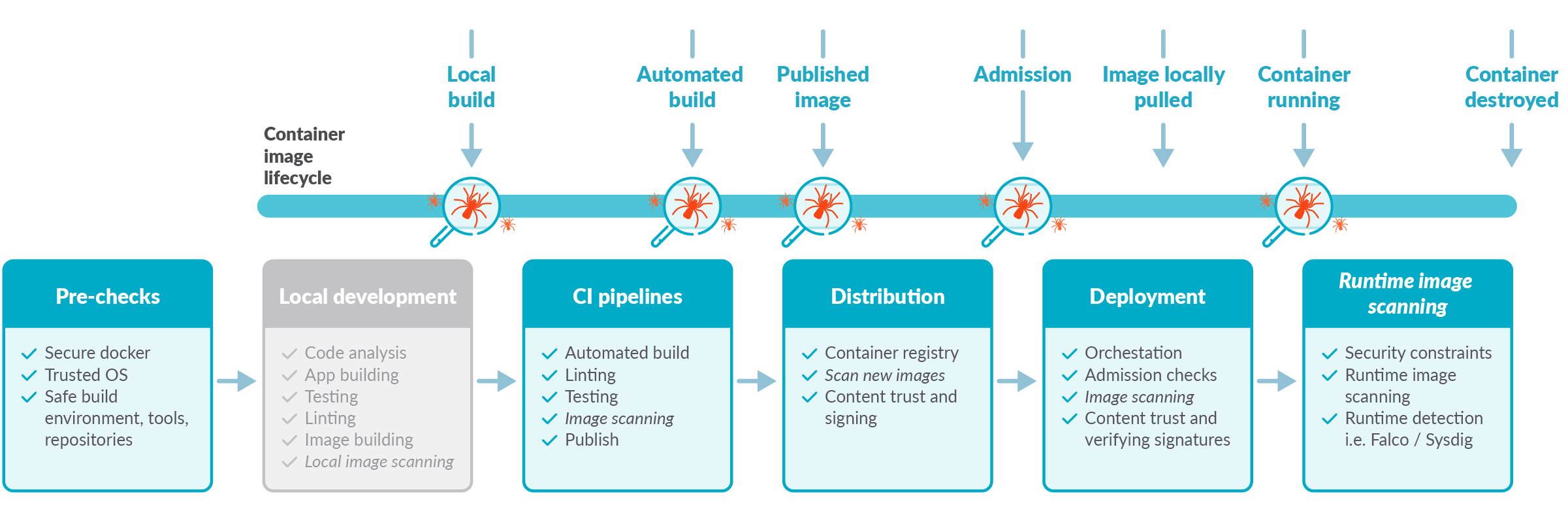
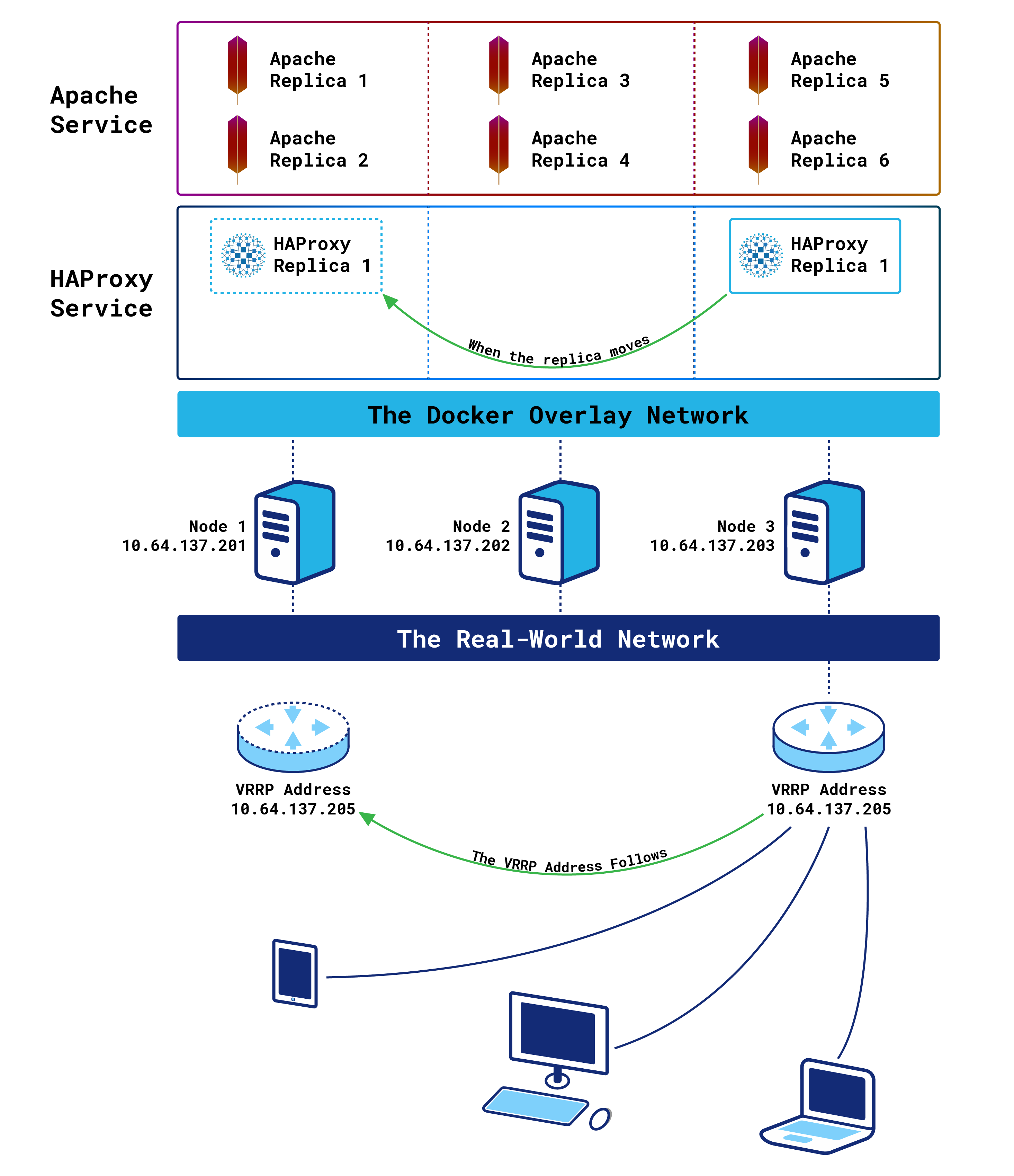




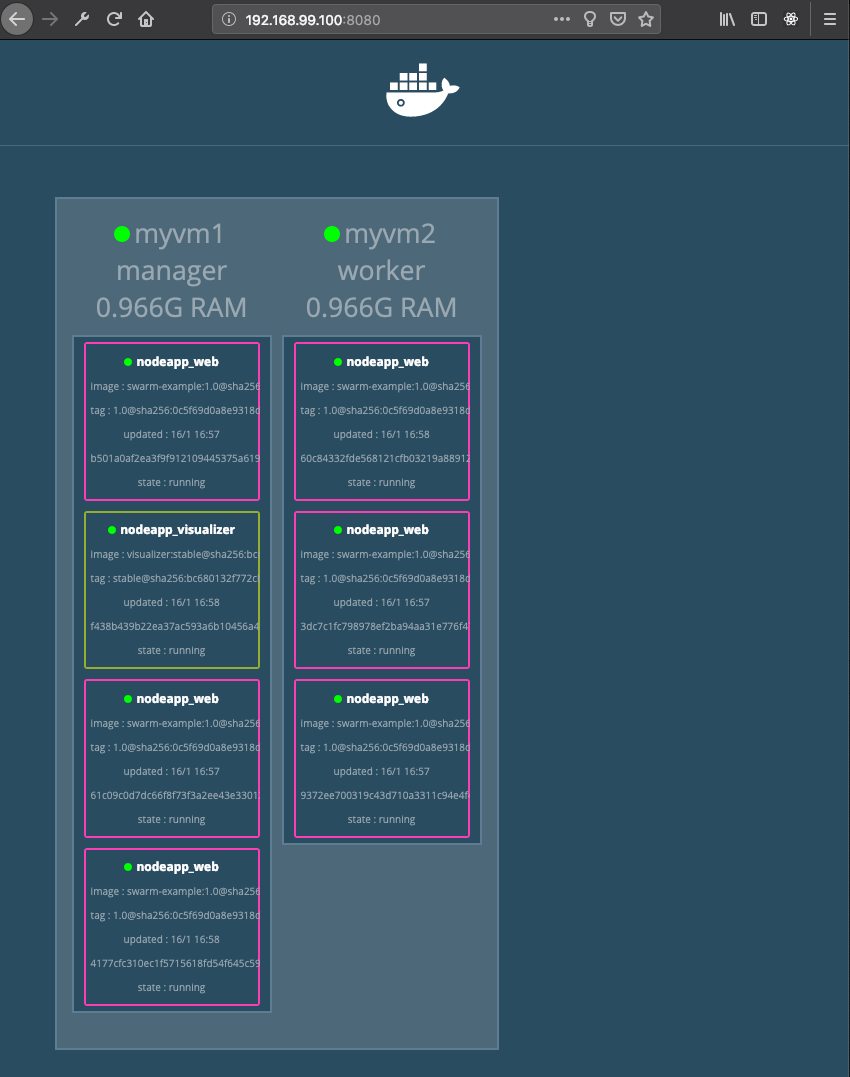


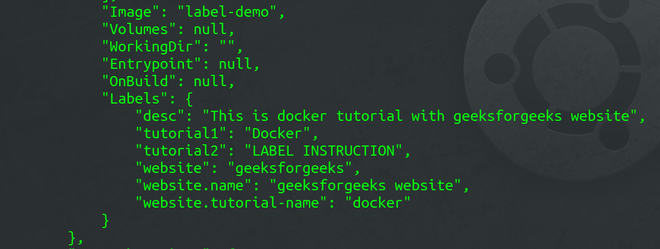

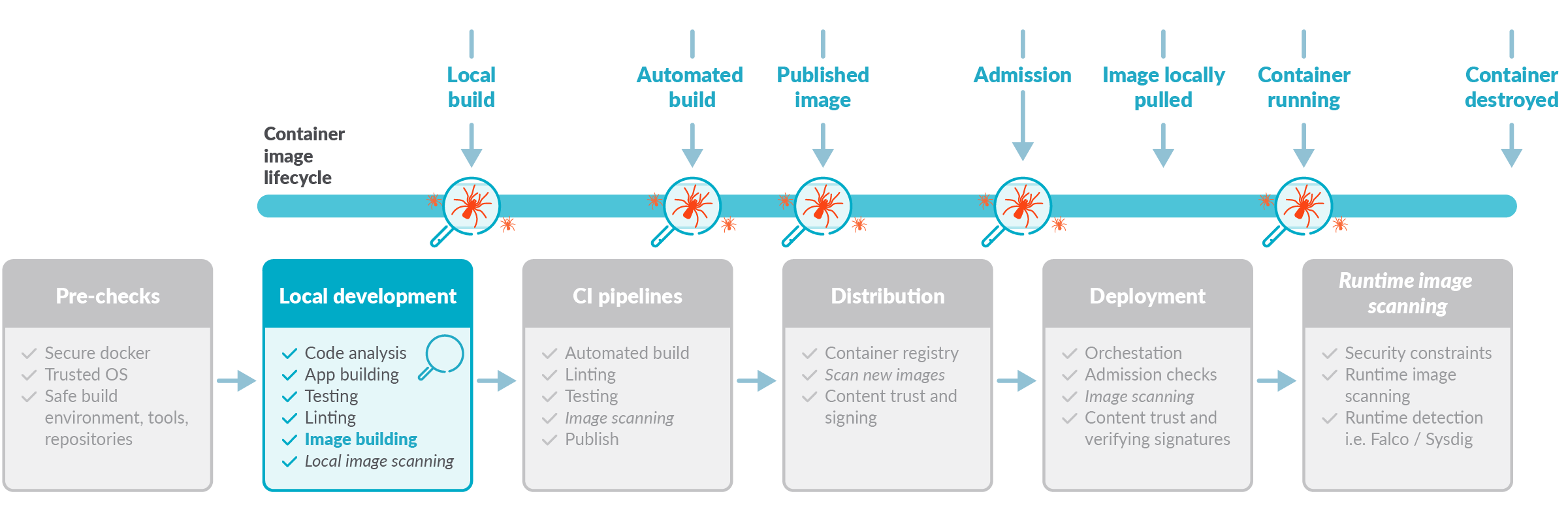

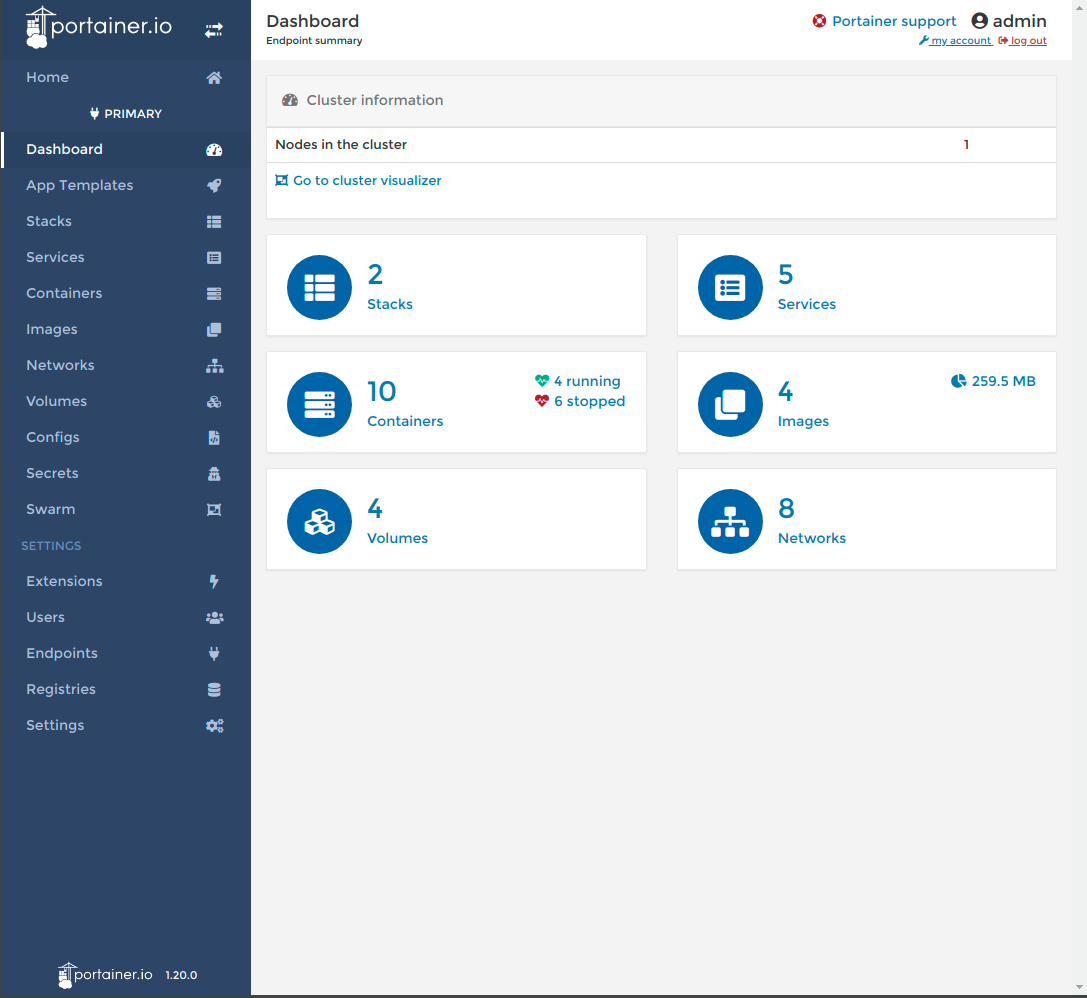
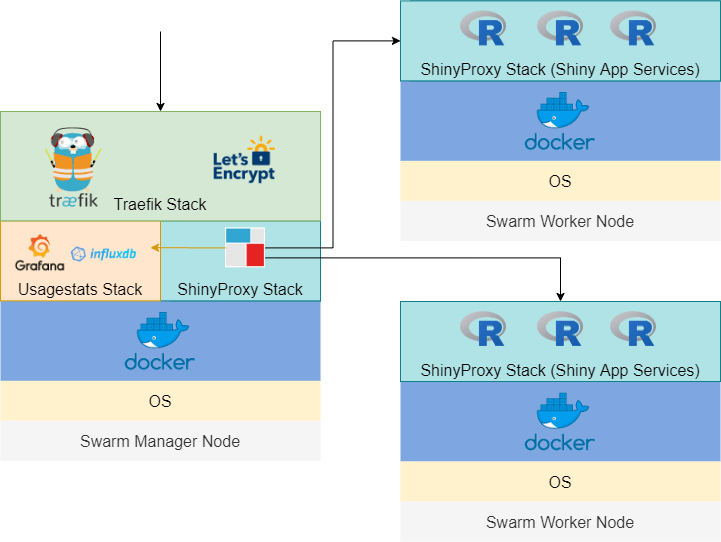
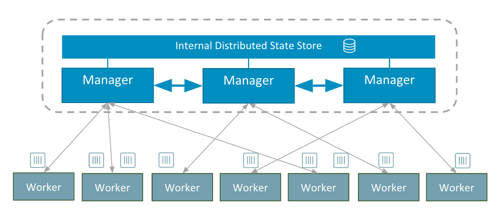





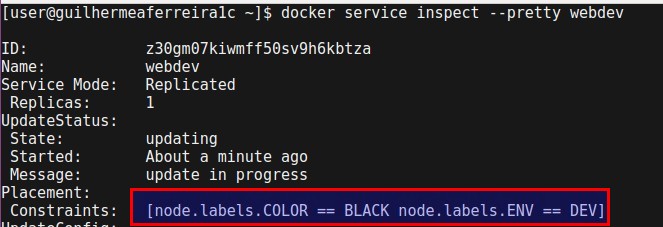
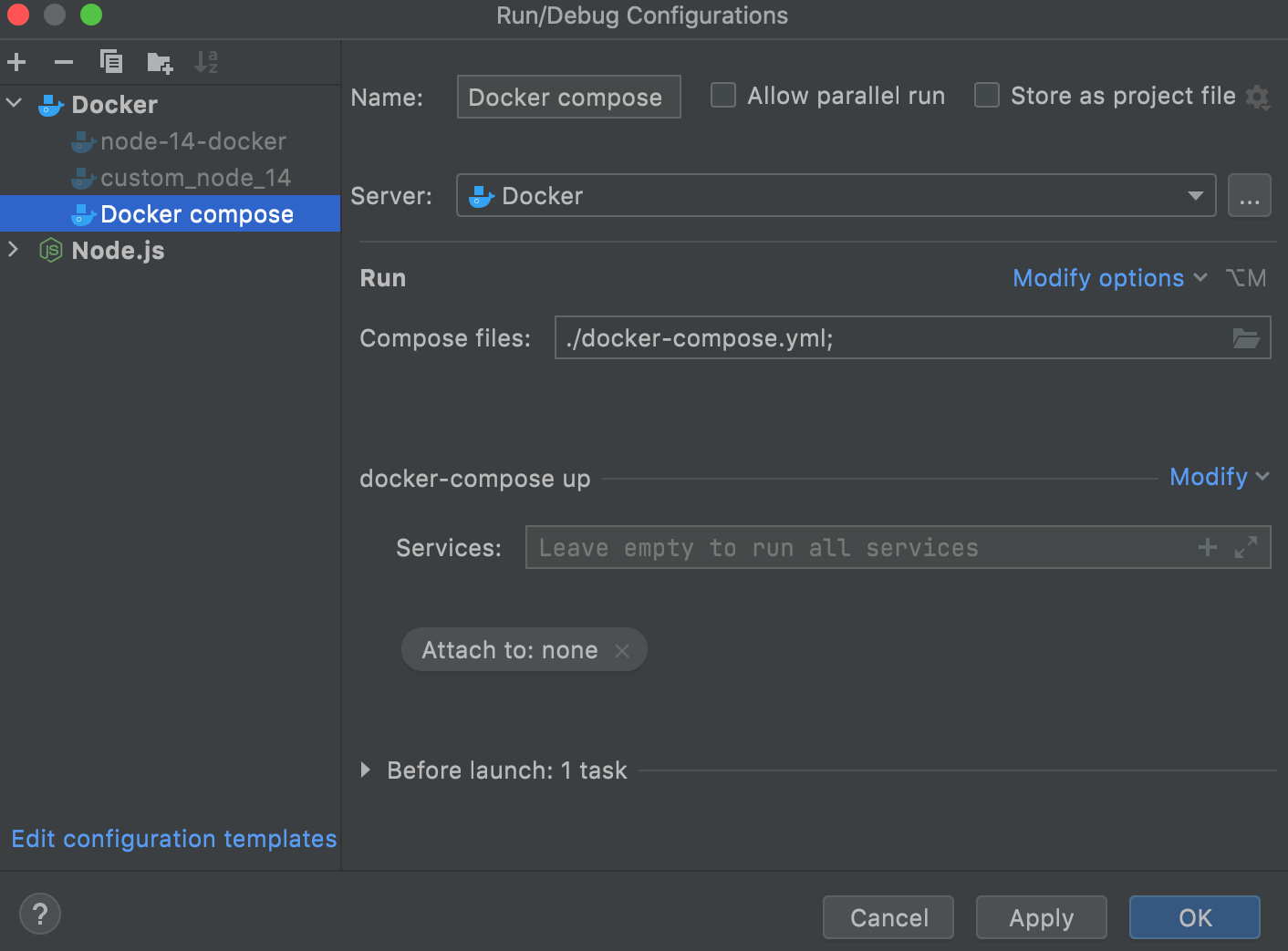
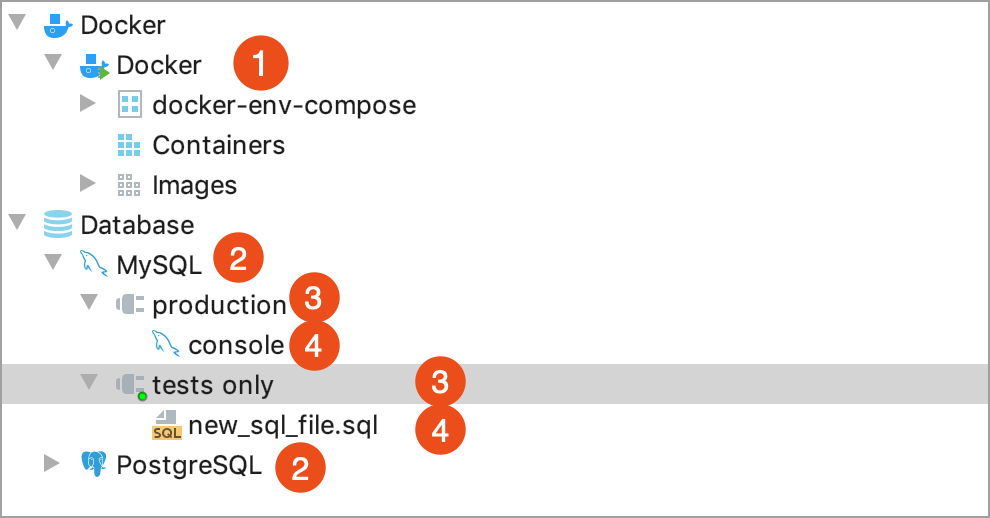


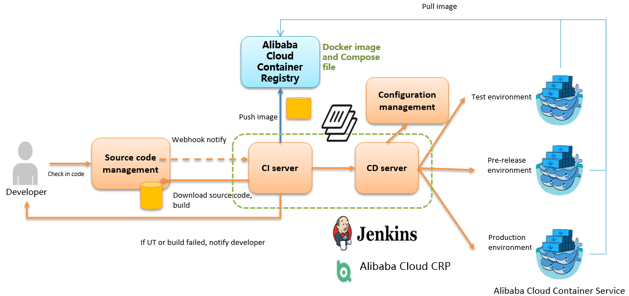

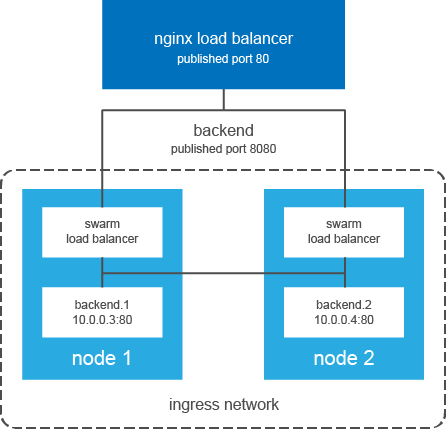
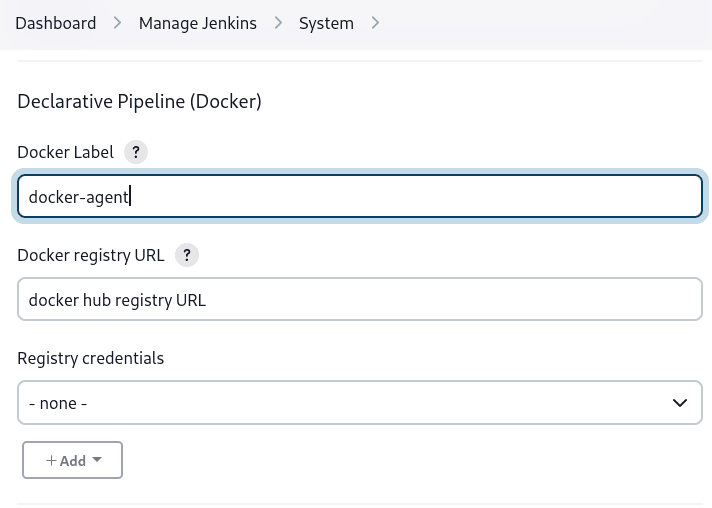
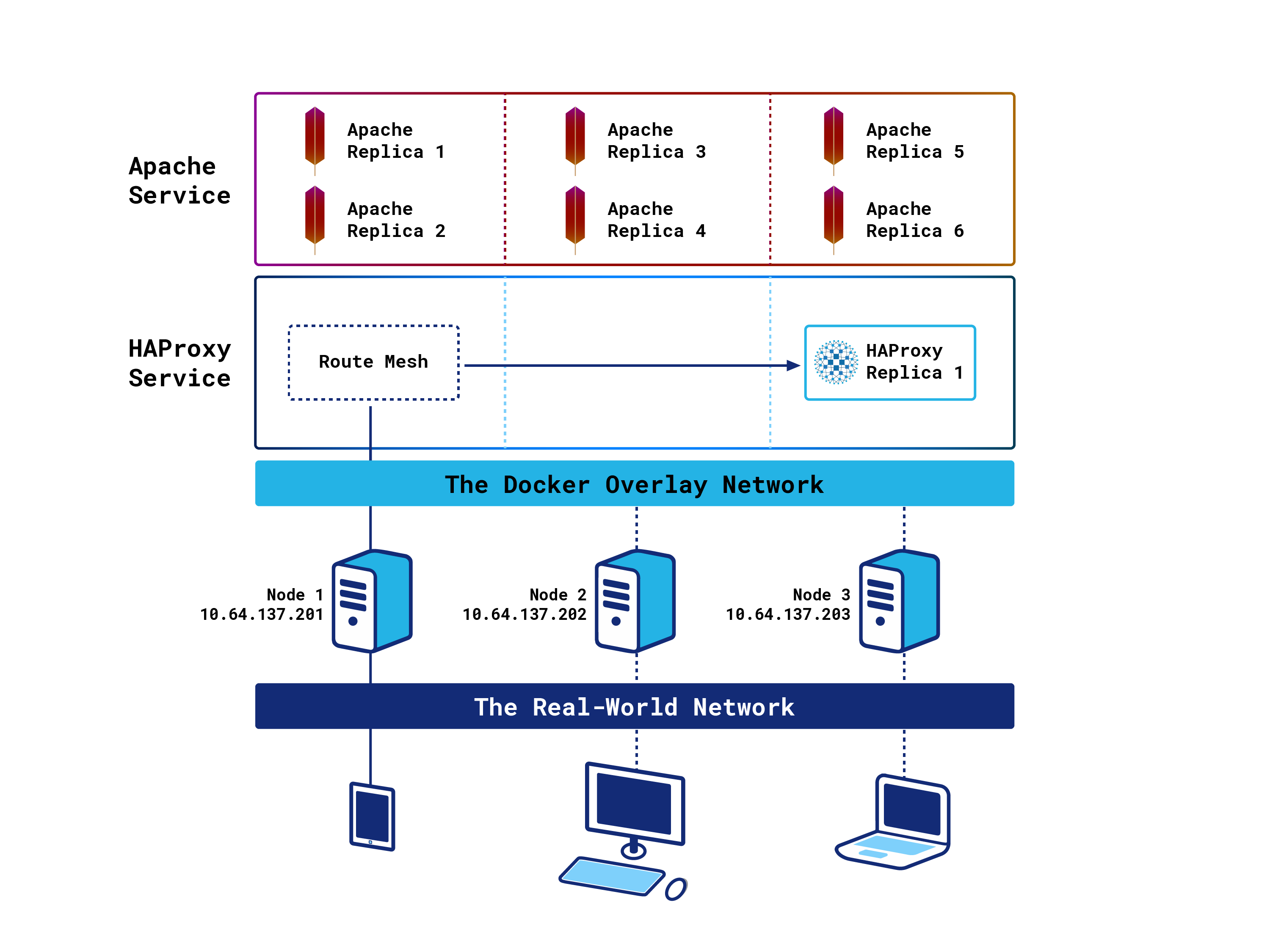
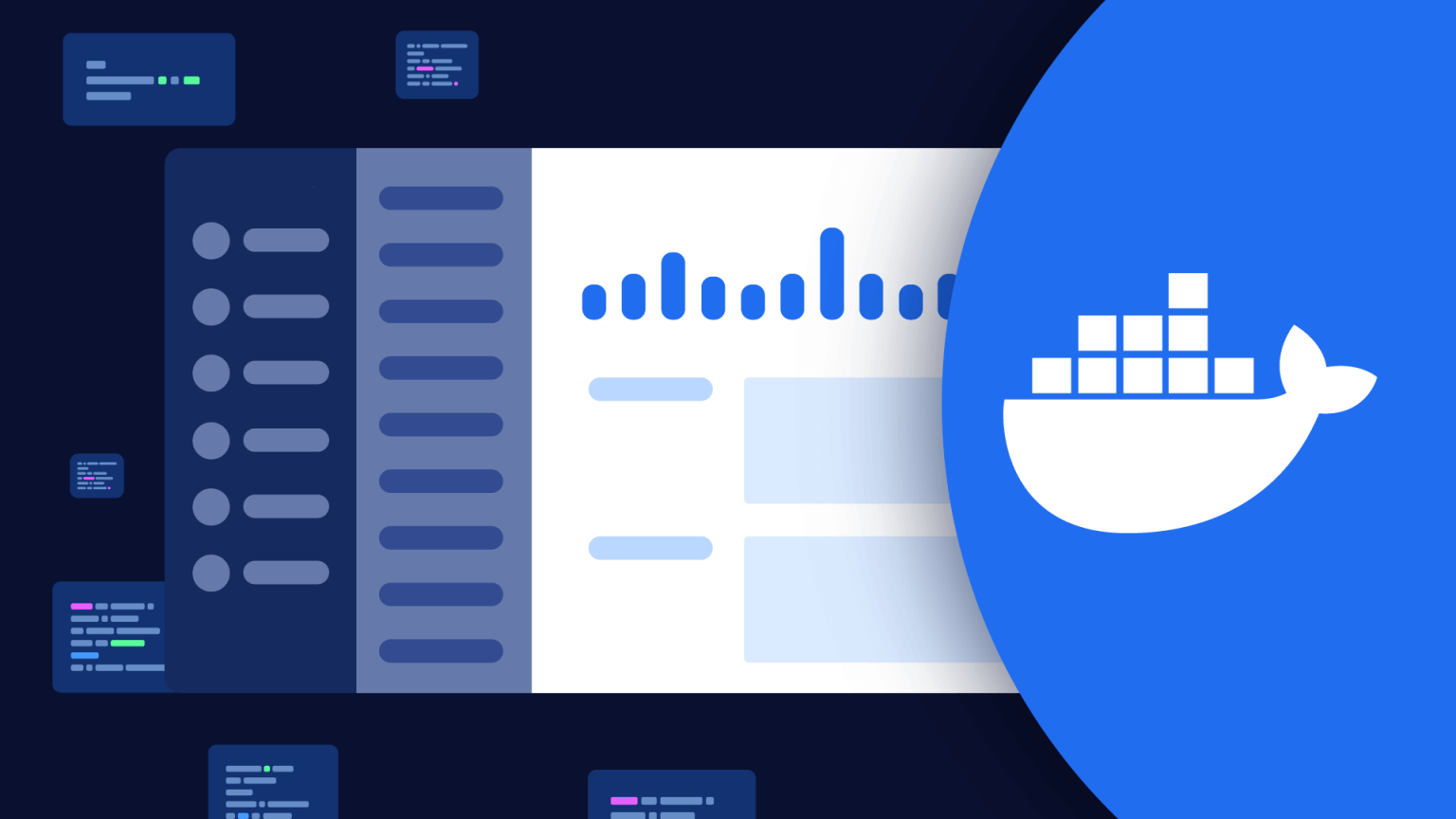
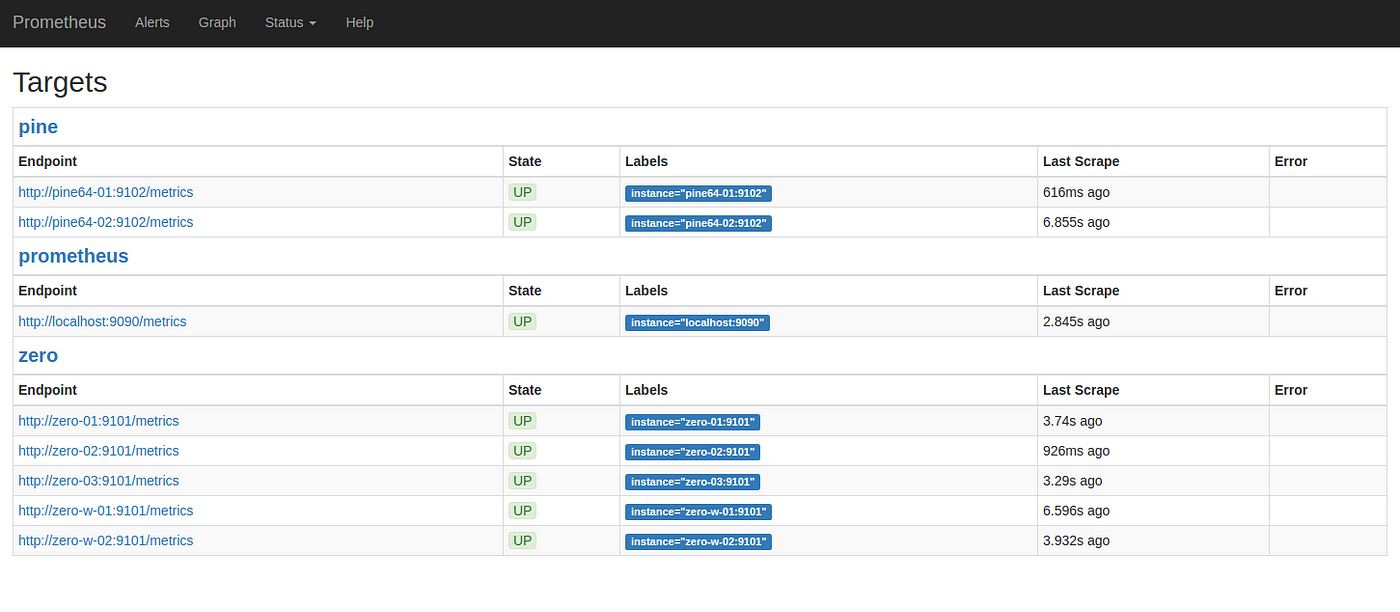

Post a Comment for "38 docker node list labels"